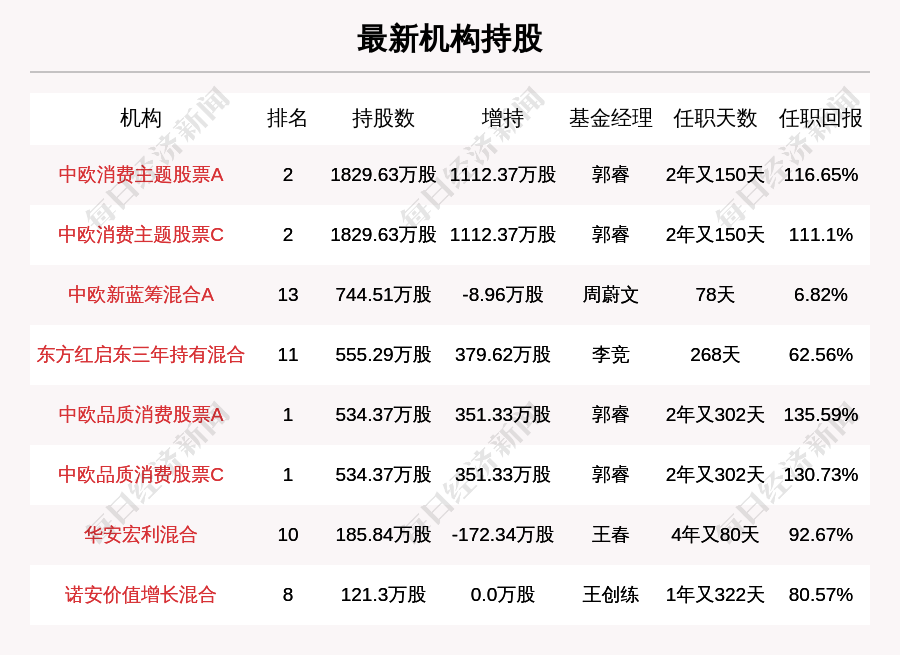In the realm of finance, particularly in mutual funds, the concept of holding periods is crucial. A holding period refers to the duration for which an investor holds onto an investment without selling it. Let's delve into the significance of holding periods in mutual funds and how they impact investment strategies.
A holding period is the length of time an investor owns a security or an asset. In the context of mutual funds, it represents the duration for which an investor holds shares in a mutual fund before selling them. This period is essential as it influences various aspects of investing, including taxation, risk management, and overall investment returns.
1.
Holding periods have significant tax implications for investors. In many jurisdictions, capital gains tax rates vary depending on how long an investor holds an asset. Shortterm capital gains, from assets held for one year or less, are typically taxed at higher rates than longterm capital gains, which apply to assets held for more than one year. Therefore, the length of the holding period can directly impact the aftertax returns of an investment.
2.
Holding periods play a crucial role in risk management. Generally, the longer the holding period, the better the investor's ability to ride out shortterm market fluctuations and volatility. Investors with longer holding periods are often better positioned to withstand market downturns and benefit from the potential longterm growth of their investments.
3.
Holding periods should align with an investor's investment objectives and financial goals. For instance, investors with shortterm financial goals may opt for mutual funds with shorter holding periods to minimize volatility and ensure liquidity when needed. On the other hand, investors with longterm goals, such as retirement planning, may adopt a buyandhold strategy, with longer holding periods to capitalize on compounding returns over time.
4.
Holding periods are also integral to evaluating mutual fund performance. Comparing the fund's returns over different holding periods provides insights into its consistency and performance stability. Investors should analyze performance metrics over various timeframes to assess the fund's ability to generate returns across different market conditions.
1.
Individual investor goals, risk tolerance, and investment horizon significantly influence the appropriate holding period. Investors should align their holding periods with their risk preferences and financial objectives.
2.
Market conditions, such as economic trends, interest rates, and geopolitical events, can impact holding periods. During periods of heightened volatility or economic uncertainty, investors may adjust their holding periods to mitigate risk or capitalize on market opportunities.
3.

The specific characteristics of mutual funds, including their investment strategies, asset allocation, and management style, can affect holding periods. For example, actively managed funds may have shorter or longer holding periods depending on the fund manager's trading activity and market outlook.
1.
Maintain a diversified portfolio across asset classes and investment styles to mitigate risk and optimize returns over the long term. Diversification can help investors weather market fluctuations and achieve their financial goals.
2.
Adopt a disciplined approach to investing and exercise patience, especially during periods of market volatility. Avoid making impulsive decisions based on shortterm market movements and focus on the underlying fundamentals of your investment strategy.
3.
Periodically review your investment portfolio and adjust your holding periods as needed to rebalance asset allocations and align with changing financial objectives. Regular monitoring ensures that your investment strategy remains on track to meet your longterm goals.
Holding periods are a fundamental aspect of investing in mutual funds, influencing taxation, risk management, and overall investment outcomes. By understanding the significance of holding periods and aligning them with their investment objectives, investors can optimize their portfolio performance and achieve longterm financial success.
Remember, investing is a journey that requires careful planning, disciplined execution, and a longterm perspective. By staying informed, adhering to sound investment principles, and seeking professional guidance when needed, investors can navigate the complexities of holding periods and build wealth over time.